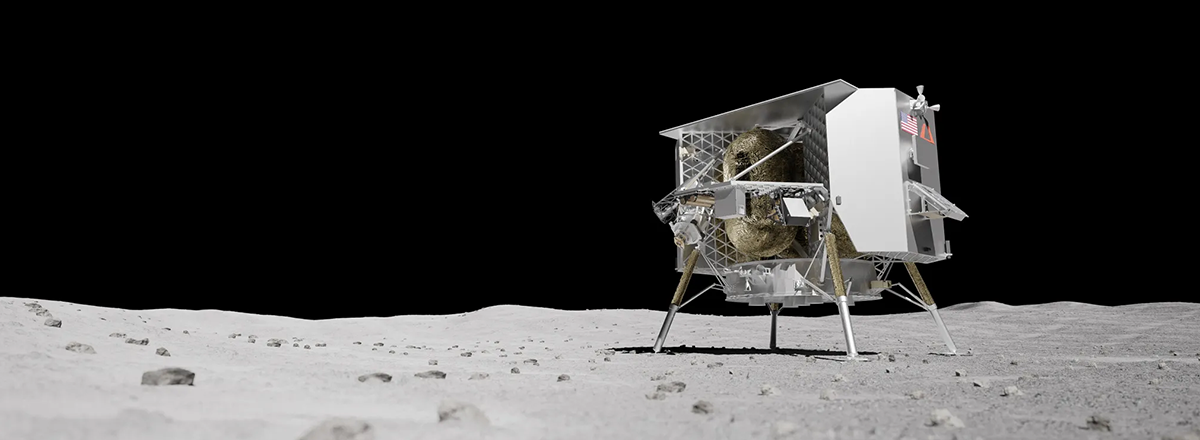Troubled Moon Lander Peregrine Is Set to Head Back to Earth
Despite the challenges faced by the Peregrine mission, Astrobotic sees it as a valuable learning experience that will contribute to the success of future lunar missions.

The lunar lander Peregrine, plagued by technical issues since its launch last week, is now on a trajectory back towards Earth. On Thursday, January 18, it's expected to re-enter Earth's atmosphere, where it will completely burn up without reaching the planet's surface.
Astrobotic Technology announced that the spacecraft would be intentionally burned up in Earth's upper atmosphere to avoid adding disruptive space debris to the region between Earth and the moon's orbit. NASA has confirmed that this operation poses no threat to people on Earth.
While this approach minimizes space debris, it does raise environmental concerns regarding metal pollution caused by burning space junk in Earth's atmosphere.
Peregrine, developed by the private space company Astrobotic Technology, was launched on January 8 aboard a United Launch Alliance Vulcan Centaur rocket. The plan was for it to soft-land on the moon in late February, becoming the first commercial lander on the moon and the first U.S. spacecraft to touch lunar soil since the Apollo 17 mission in 1972.
However, Peregrine's mission took an unfortunate turn when a critical propellant leak occurred shortly after launch, rendering the spacecraft inoperable. Efforts to salvage the mission proved unsuccessful.
Onboard Peregrine were various payloads, including scientific equipment, human remains, and cultural artifacts, making it a unique and controversial mission.

